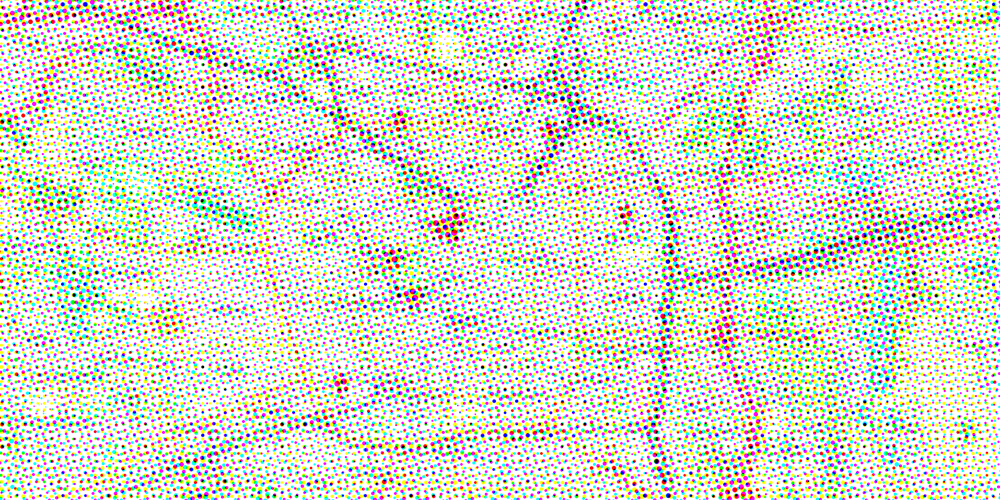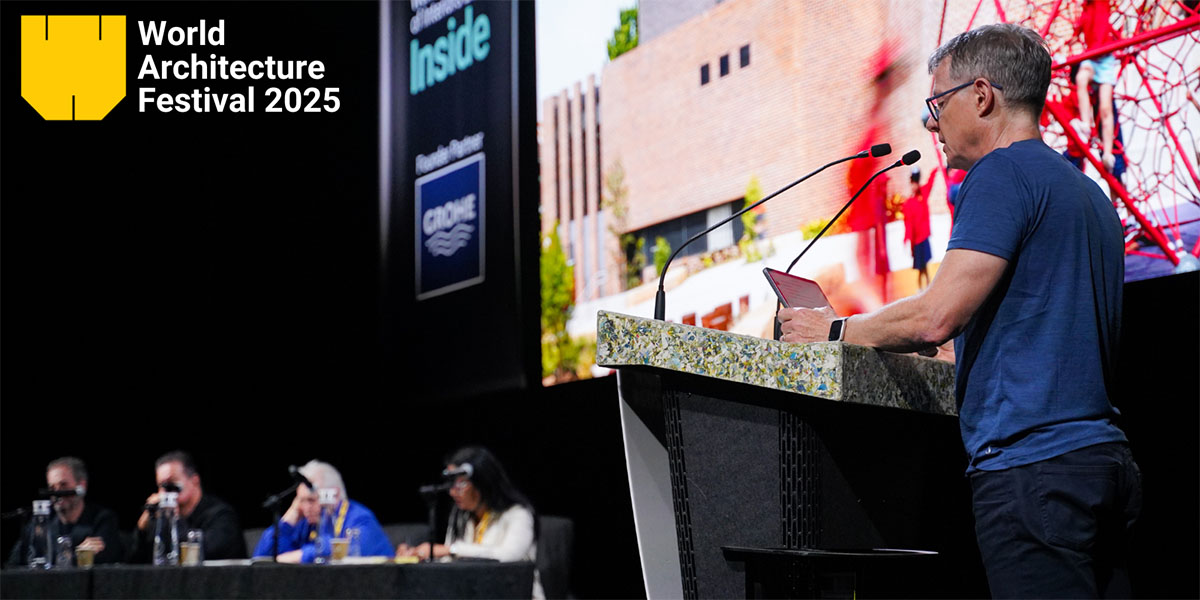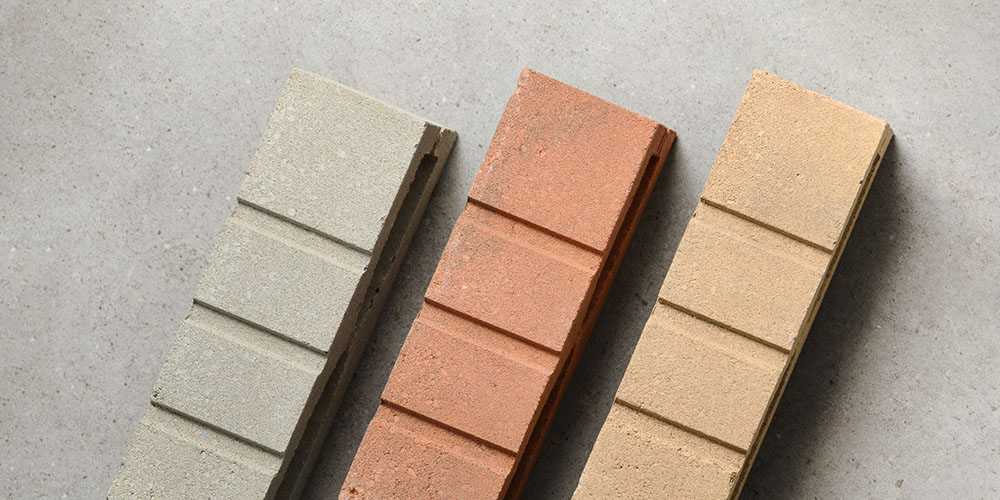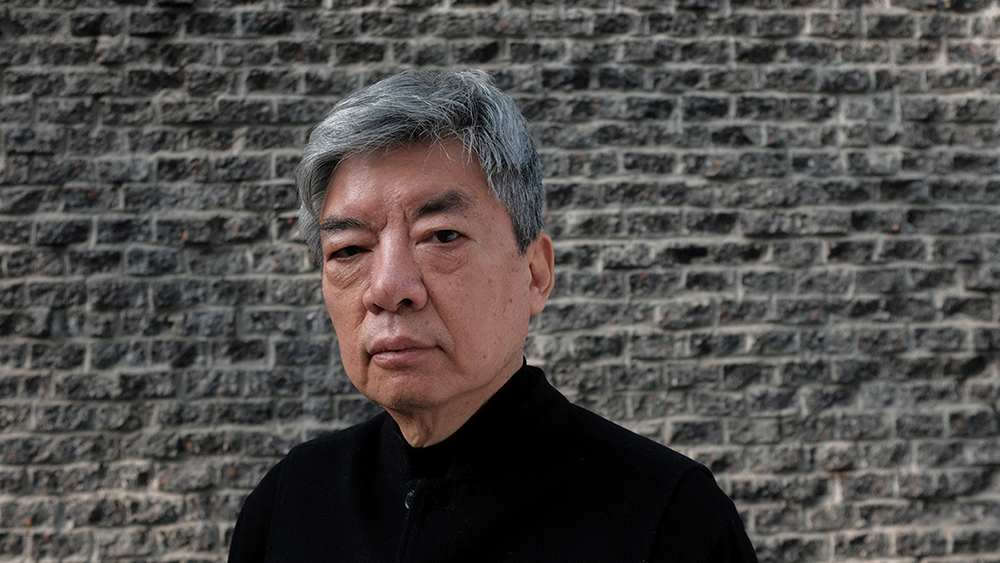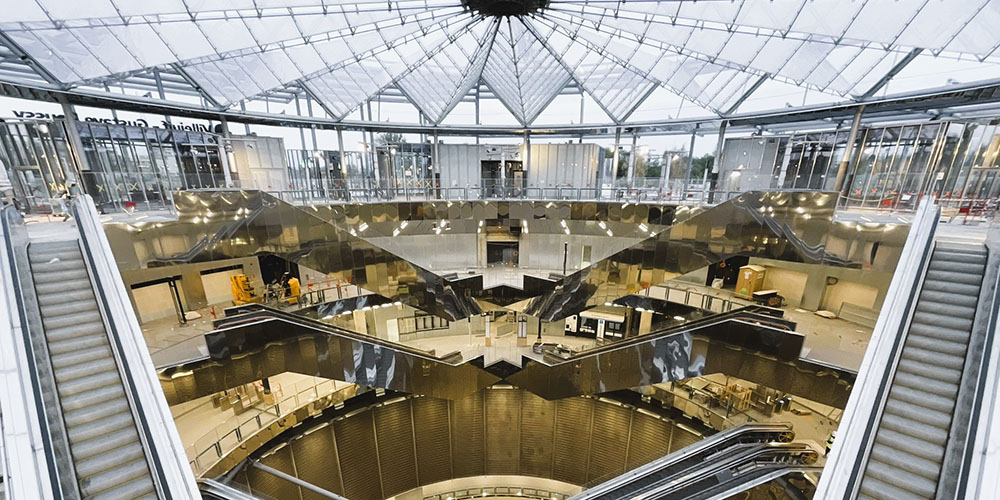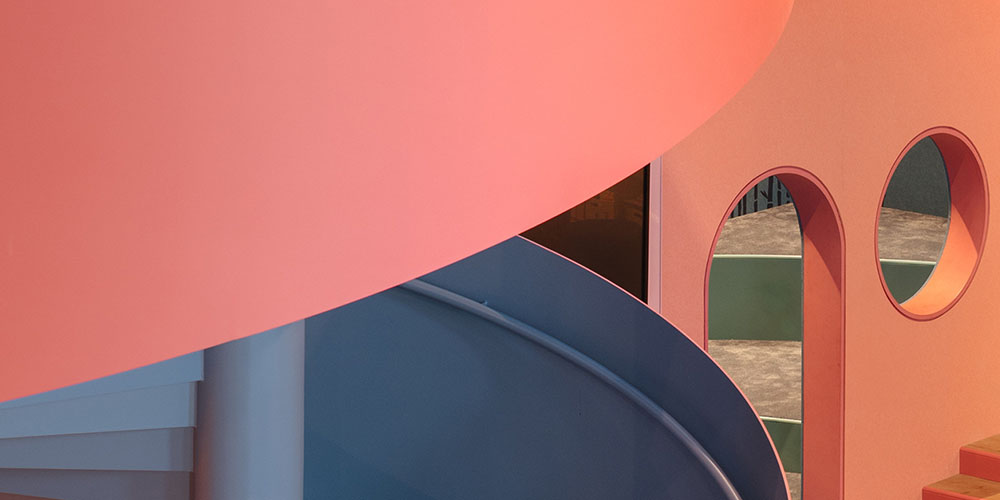Following the initial two days reserved for the press, early critical responses suggest that this edition of the 2025 Venice Architecture Biennale is already a significant success. Observers and critics alike have praised Carlo Ratti‘s curatorial approach, highlighting the exhibition’s effectiveness in merging technical innovation with accessible storytelling, and its compelling emphasis on architecture‘s potential to foster meaningful human interactions and tangible solutions for contemporary challenges.
Venice Architecture Biennale 2025 puts dialogue back at the heart of architecture. Marking a decisive shift away from technology-driven spectacle, this year’s exhibition returns architecture to its human dimension, blending rigorous analysis with genuine humanistic openness. Through nearly 200 diverse and interdisciplinary projects, the Biennale becomes a vibrant stage where architects, artists, scientists, and communities engage together, proposing concrete solutions for a world reshaped by climate challenges. Rational yet inclusive, analytical yet empathetic, the Biennale embodies a fresh approach that invites professionals and the general public alike to explore architecture as a collaborative, adaptable discipline designed by and for people.
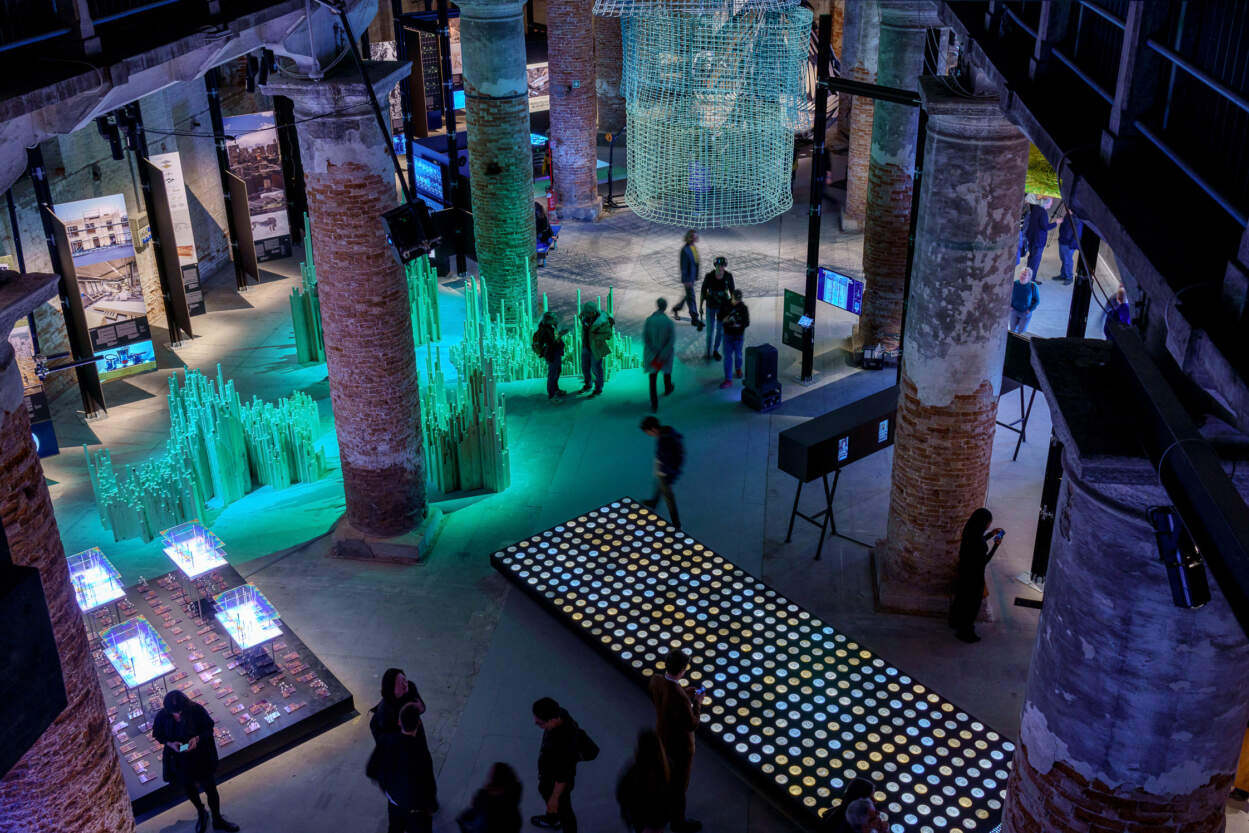
Ratti’s careful curatorial role involves selecting, organizing, and guiding visitors through this rich, experimental landscape. His method merges rational precision with a humanistic openness, making complex ideas accessible and encouraging participation. This ethos echoes his previous works, like the influential “Open Source Architecture” pamphlet, and is shaped by his unique cultural background and professional experiences between Italy and the MIT Senseable City Lab.
The Biennale emphasizes practical solutions, clearly communicated and often immediately applicable. It invites professionals and the general public alike to explore architecture’s evolving role in addressing contemporary global challenges, particularly climate change. Ratti argues compellingly for a shift from mere mitigation of environmental impact towards active adaptation, highlighting the urgent need for flexible, responsive, and resilient architectural practices.
«Adaptation demands a fundamental shift in architectural practice. This year’s exhibition, Intelligens. Natural. Artificial. Collective., invites different types of intelligence to work together to rethink the built environment. The title, a neologism whose final syllable, “gens,” is Latin for “people,” is an invitation to experiment with intelligence beyond today’s limited focus on AI and digital technologies and demonstrate how we can adapt to the world of tomorrow with confidence and optimism.” says Carlo Ratti.
Through its central “Space for Ideas,” the Biennale embraced open collaboration, gathering input from a diverse global audience. This unprecedented openness resulted in over 300 projects featuring contributions from more than 750 participants, from young innovators to celebrated figures such as Pritzker Prize winners and Nobel laureates. By challenging traditional notions of authorship and encouraging collective creativity, the Venice Architecture Biennale 2025 demonstrates the power of inclusive and interdisciplinary collaboration. Sustainability also remains at the core, with most installations constructed from recyclable materials, aligning with the Biennale Architettura’s Circular Economy Manifesto developed with Arup and the Ellen MacArthur Foundation.
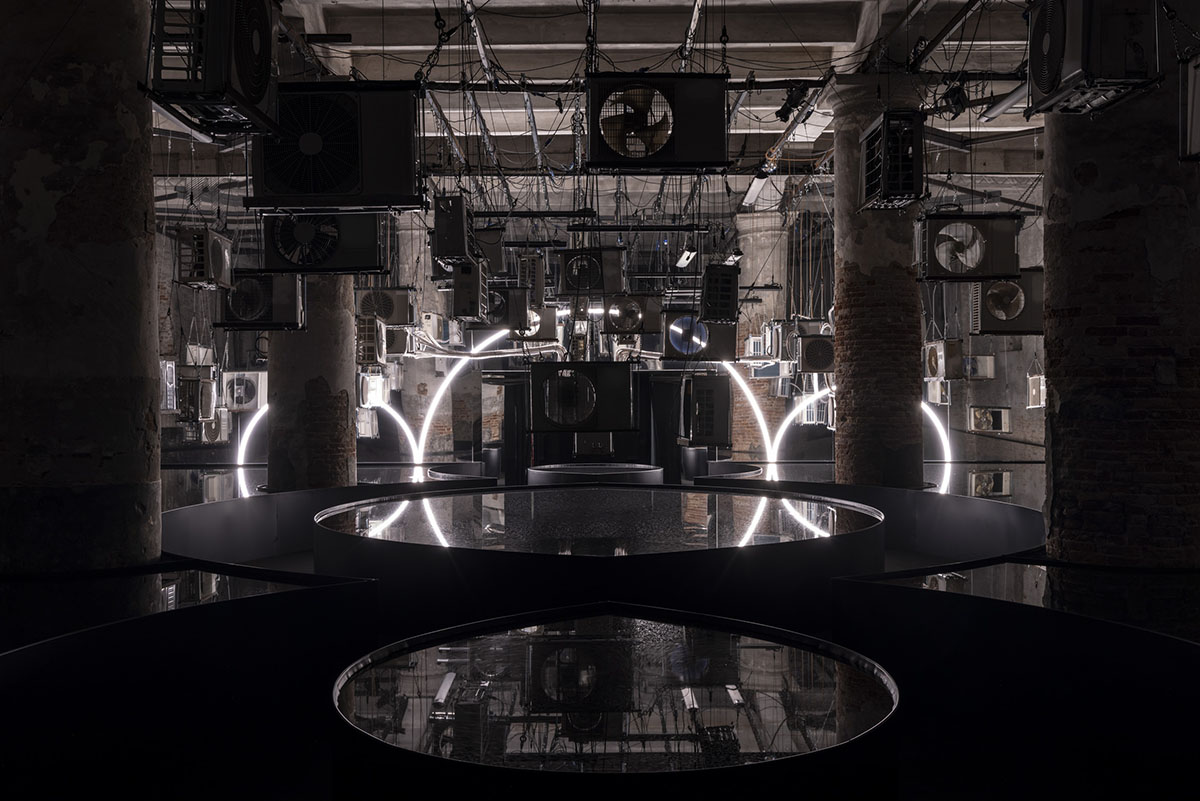
Structurally, the exhibition guides visitors through three thematic areas—Natural Intelligence, Artificial Intelligence, and Collective Intelligence—leading to a final section exploring solutions that reach beyond our planet. Venice itself becomes an active participant, turning into a “Living Lab” where installations and experiments address real-world environmental challenges facing the city, offering practical lessons for architects and planners worldwide.
Here you can find the Archivibe list of projects showcased at the Venice Architecture Biennale 2025 that collectively represent a broad, interdisciplinary approach to architecture as a vital, adaptive, and intelligent response to environmental, social, and technological challenges.
10,000 Hours of Care by Lina Ghotmeh-Architecture emphasizes the concept of “care” as a continuous, collective architectural practice. It reflects on the time and dedication required to nurture, maintain, and regenerate built environments, blending memory, sustainability, and community engagement. A Robot’s Dream by Gramazio Kohler Research (ETH Zurich), MESH, Studio Armin Linke is an exploration of how robotics and artificial intelligence can become creative partners in architecture, generating new forms and spatial solutions that expand human imagination. ACROS Fukuoka Prefectural International Hall by Emilio Ambasz & Associates is a pioneering example of green architecture where the building’s stepped terraces are covered with vegetation, reintegrating nature into the urban fabric and improving environmental quality. An Electric Future: What Green Industrialists Can Learn From the Chicago World’s Fair by Eckholm Studios, Gensler draws lessons from historic world fairs, particularly Chicago’s, to inspire sustainable industrial innovation and envision a greener future. Ancient Future: Bridging Bhutan’s Tradition and Innovation by Bjarke Ingels Group, Laurian Ghinitoiu and Arata Mori is A dialogue between Bhutan’s rich architectural traditions and contemporary innovation, showing how local techniques and cultural values can address modern challenges. Biotopia by Winy Maas (MVRDV) and Federico Diaz is a vision of cities where nature, technology, and community coexist, creating resilient and sustainable urban ecosystems. Bringing Back the Past, Another Way of Looking Into the Future by Peter Pichler Architecture focuses on heritage preservation and adaptive reuse as strategies to create innovative and sustainable futures by reinterpreting the past. California Academy of Sciences by Renzo Piano Building Workshop is an iconic sustainable building featuring a living roof and bioclimatic design, integrating science, education, and environmental stewardship.
Canal Café by Diller Scofidio + Renfro, Natural Systems Utilities, SODAI, Aaron Betsk revitalizes urban canal spaces through sustainable water management and social gathering places. City of Plants by Ma Yansong / MAD imagines a city where architecture and vegetation blend seamlessly, inspired by traditional Chinese landscape concepts. Cool My City / Oasis Montpellier by Coldefy is architectural and landscape interventions designed to mitigate urban heat island effects through natural cooling strategies. Data Centres and the City: From Problem to Solution on the Path to Sustainable Urbanism by Grimshaw Architects, Arup Australia explores integrating data centers into urban environments sustainably, turning energy-intensive facilities into assets for cities.
Domino 3.0: Generated Living Structure by Kengo Kuma, SEKISUI HOUSE – KUMA LAB, University of Tokyo and collaborators reimagines Le Corbusier’s Domino system with digital fabrication and adaptable materials to create flexible, sustainable housing. Forest Gens: Human-Nature Interrelations in Amazonia by POLES | Political Ecology of Space, AO | Architects Office investigates sustainable human-nature relationships in the Amazon, proposing models for ecological coexistence. Fratelli Tutti by Matteo Thun & Partners, a project inspired by Pope Francis’s encyclical, promotes inclusive, caring architectural spaces fostering community and solidarity.
Gran Caffè Quadri by Teresa Sapey + Partners, Aaron Betsky is a contemporary reinterpretation of a historic Venetian café as a vibrant social and cultural hub. Hopeful Monsters by Winka Dubbeldam, Justin Korhammer, Archi-Tectonics NYC showcases radical architectural innovations emerging from interdisciplinary collaborations and hybrid ideas. Kampung Admiralty by WOHA Architects, named the 2018 World Building of the Year at the World Architecture Festival, is Singaporean model of integrated urban living combining housing, healthcare, and public spaces to support aging populations and social cohesion. La Libreria by Diller Scofidio + Renfro, Diane von Fürstenberg, Schlaich Bergermann Partner, Transsolar reimagines the library as a flexible, sustainable space that fosters participation, knowledge sharing, and community engagement.
Le Nouvel KLCC by Ateliers Jean Nouvel an iconic, sustainable skyscraper in Kuala Lumpur that dialogues with its urban and cultural context. Local Resource / Collective Knowledge by 3XN / GXN and Centre for Information Technology and Architecture focuses on using local materials and collective knowledge to design resilient, sustainable architecture. Map of Glass by Barkow Leibinger, capattistaubach explores innovative glass technologies and applications to expand architectural possibilities. Margherissima by Nigel Coates Studio, Architectural Association, Guan Lee, Grymsdyke Farm, John Maybury, Michael Keverne, Jan Bunge celebrates the pizza Margherita as a metaphor for conviviality and creativity, exploring new social spaces and addressing environmental remediation.
Nature Trilogy by Li Hu, Huang Wenjing, OPEN Architecture, Zhang Nan: three projects integrating architecture with nature to promote biodiversity and human well-being. Participatory Urbanism by Zaha Hadid Architects, The Block by Block Foundation, BlockWorks promotes urban design through digital tools and community participation to empower local stakeholders. Relational Wood Systems by Helen & Hard Architects develops flexible, sustainable wood construction systems that encourage user interaction and adaptability. Space Garden by Aurelia Institute, Heatherwick Studio, Brent Sherwood designs green spaces for extreme environments, including extraterrestrial habitats, focusing on sustainability and life support. The Architecture of Virtual Water by Benedetta Tagliabue – EMBT Architects, Jampel Dell’Angelo, waterspace examines the hidden water footprint of architecture and proposes strategies for sustainable water management. The Living Orders of Venice by Studio Gang studies Venice’s unique ecosystem, proposing architectural and urban strategies to enhance the city’s resilience to climate challenges.

